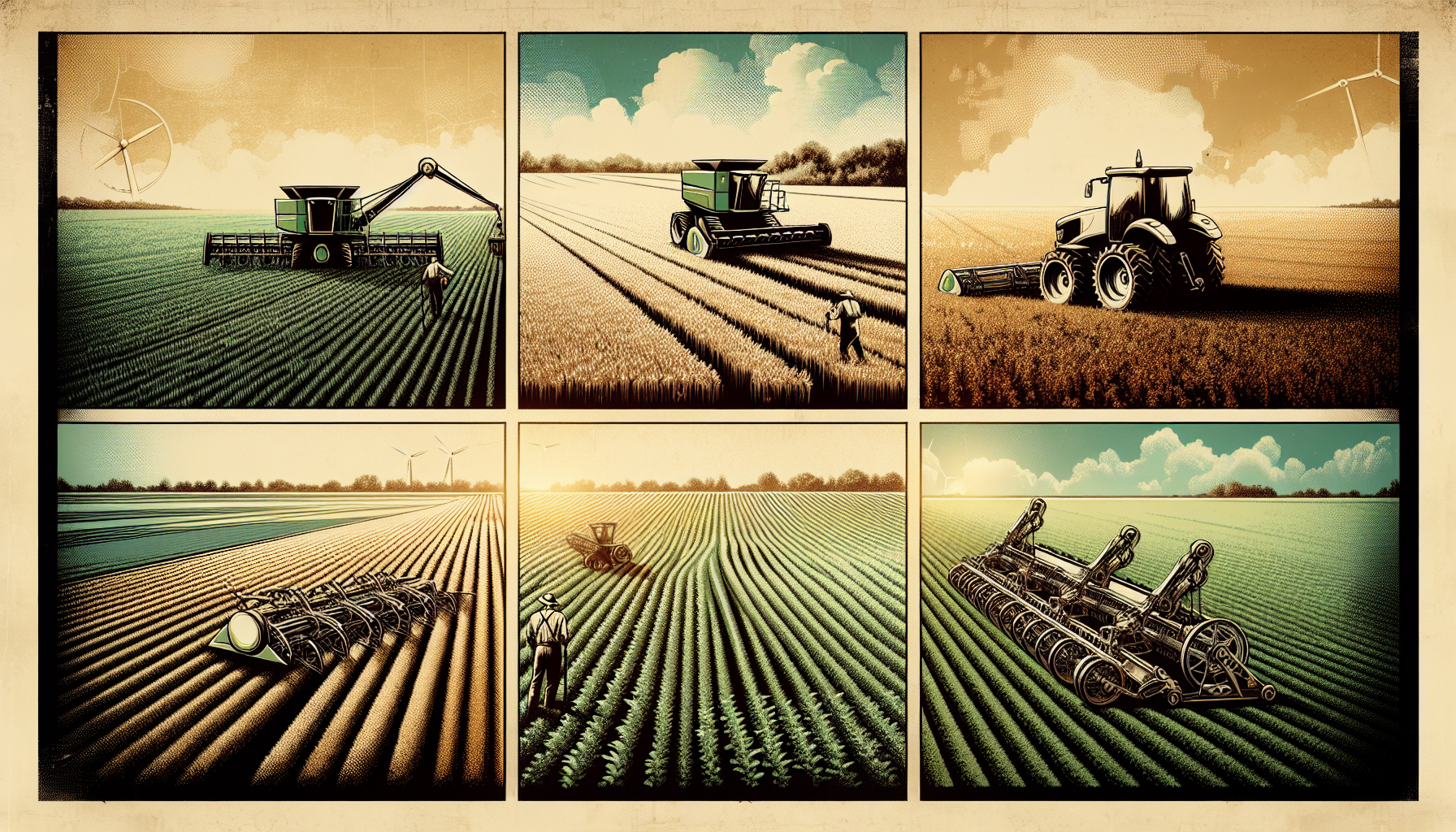Across the world’s fields, a quiet revolution is unfolding. Precision farming robots are becoming the trusted partners of farmers, reshaping how food is grown and how the land is cared for. These machines blend the wisdom of traditional agriculture with the focus and capabilities of modern technology. As the global population grows, and the challenges facing agriculture multiply, these innovations offer hope and possibility.
The Changing Face of Farming
Modern farms are no longer defined only by the strength of their workers or the size of their machines. Instead, they are increasingly guided by intelligence—artificial intelligence, to be exact. Robots now give farmers a new way to overcome shortages of labor, the unpredictability of weather, and growing environmental pressures. Their work is careful, consistent, and guided by data collected each second from the land itself.
Robots in Action: Innovations for 2025
- Precision Weed Control: Robots equipped with advanced cameras and AI can now tell the difference between crops and weeds, leaf by leaf. Instead of spraying herbicide across an entire field, these robots use just the right amount on the right plant. In many cases, this reduces chemical usage by 70% to 95%. This careful approach not only protects crops but also keeps soil and water healthier.
- Autonomous Tractors: Guided by satellites, new tractors move without human drivers. They plant, fertilize, and harvest with precision accurate to just a few centimeters. This reduces mistakes and fuel use, and it allows work to continue day and night during crucial planting or harvest periods.
- Multi-Tasking Field Robots: The newest machines can plant seeds, pull weeds, and check soil quality all at once. By doing several jobs in one pass, they prevent soil from getting compacted and make farmwork simpler and kinder to the earth.
Technologies Making It Possible
- Computer Vision: Robots learn to recognize thousands of plant types—even when conditions change—thanks to AI trained on countless images from real fields.
- Connected Sensors (IoT): Small devices, embedded in the soil or attached to plants, monitor moisture, nutrients, and crop health. The robots use this information to make swift, evidence-based decisions for every patch of ground.
- Swarm Robotics: In some places, teams of ground robots and drones work together. Linked by high-speed networks, they map and treat huge fields, sharing information in real time to cover more ground quickly and accurately.
Transforming Agriculture’s Future
The impact of these technologies goes beyond individual farms. The global market for agricultural robots is expected to rise from $16.6 billion in 2024 to $103.5 billion by 2032. The reasons are clear. Farmers adopting robots see operational costs drop by as much as 30%, thanks to more efficient use of seeds, fertilizers, chemicals, and labor. Sustainability gains are also profound: less run-off, less pollution, and lower greenhouse gas emissions.
Obstacles on the Path Forward
- High Start-Up Costs: The first investment in robotics and supporting infrastructure is significant. It can be hard for smaller farms to afford these tools without support.
- Data Integration: Today’s farms use a mix of equipment from many brands. However, not all machines “speak the same language”—making it difficult to share and make sense of valuable data.
- Regulatory Uncertainty: Rules for safely operating autonomous machines on public roads or near people are still being developed, and requirements often differ from place to place.
A Sacred Task for the Century Ahead
The world’s farmers face a tremendous challenge: producing 70% more food by 2050 to feed everyone, all while guarding the planet’s resources. Precision farming robots—with their blend of patience, intelligence, and accuracy—are set to be essential allies in this mission. Their arrival marks not just a new era of efficiency, but a turning point toward stewardship and respect for the land. As these tools become more widespread, they will help secure a healthier, more abundant future for both people and the earth itself.

Leave a Reply